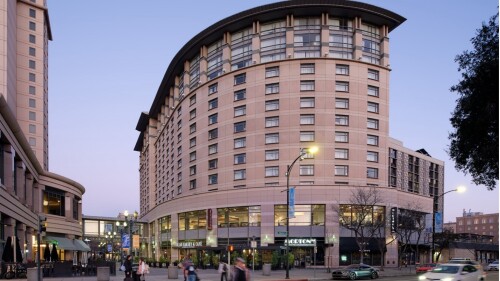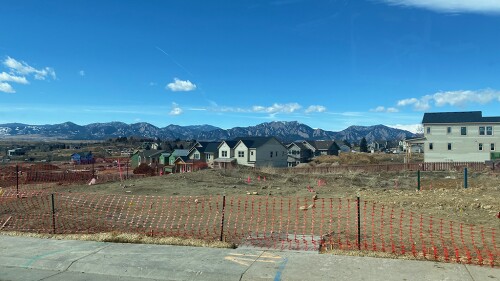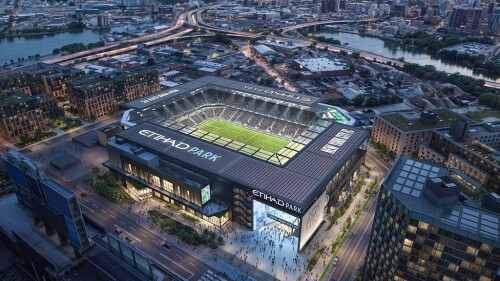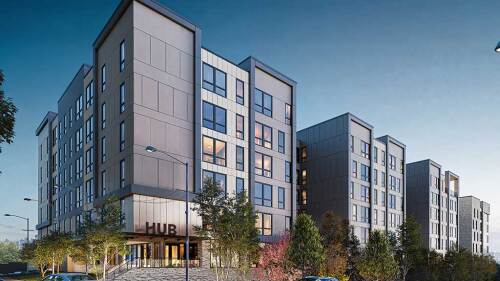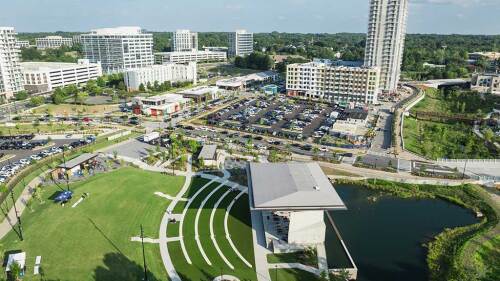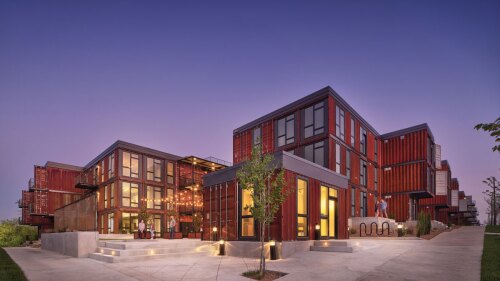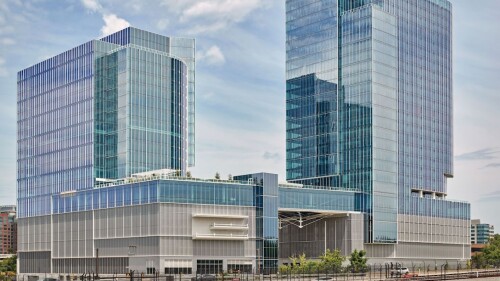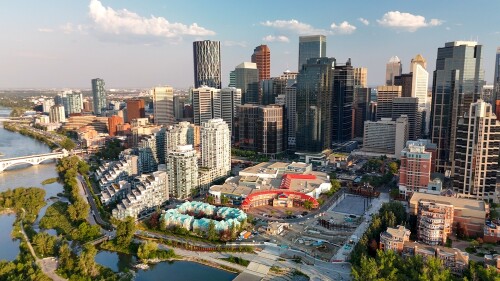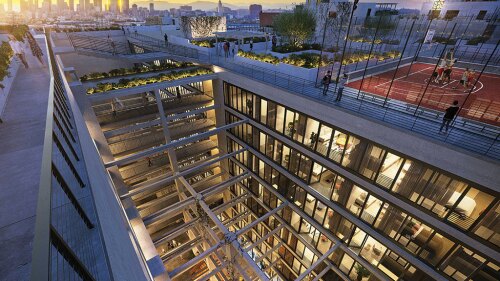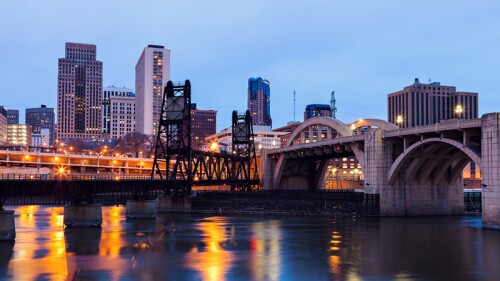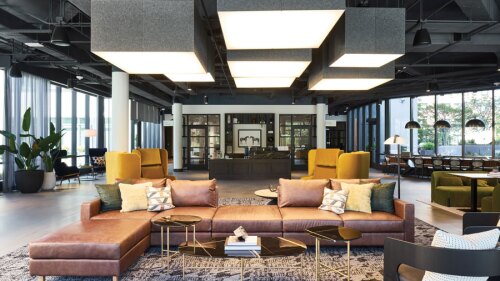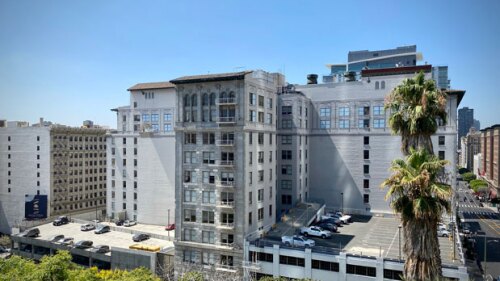A city renowned for its vibrant culture and sweeping coastal skyscrapers, Miami set the stage for this year’s ULI Health Leaders Network Introductory Forum. Spanning the course of three days, Cohort 8 learned from local practitioners and explored the various ways in which the city marries real estate and land use with health and social equity. The Health Leaders toured historical and contemporary neighborhoods, provoking thoughtful discussion on how Miami development compared to their own local contexts.
By repurposing an underutilized hotel as student housing, San José State University ignites campus life and fuels a downtown resurgence
Helping Boulder County rebuild and strengthen after the Marshall Fire
Real estate professionals—from developers to investors—may need to re-evaluate underwriting assumptions and growth expectations.
Industry Voices
Phase 2 of the Willets Point redevelopment project is transforming an industrial part of Queens that once-inspired F. Scott Fitzgerald’s “valley of ashes” in The Great Gatsby in 1925. A century later, Queens Development Group—a joint venture between Related Companies, Sterling Equities, and New York City Football Club—is converting 23 acres (9.3 ha) of underutilized land into a $3 billion mixed-use community.
As student housing needs evolve, developers are rethinking design, creating dynamic, experience-driven communities that promote connection and well-being.
When Ballantyne first emerged out of North Carolina farmland, more than 30 years ago, the original developers of this master-planned project already had a concrete vision in mind for its future: evolution. The development team intrinsically understood that, as Ballantyne—an affluent community nestled in south Charlotte—would expand beyond its farmland roots, the project would need to adapt to meet the needs of a more diverse and changing demographic.
Nestled in the shadow of SSM Health’s new $550 million hospital and Saint Louis University’s medical and undergraduate campuses, the former Steelcote Manufacturing Company Paint Factory and its neighboring parcels constituted a forgotten remnant of St. Louis’ proud industrial past. Few observers, if any, envisioned the area’s potential for housing not only students and hospital employees but also national entertainment options such as Topgolf and a major retailer, Target.
A few key trends that evolved over the past few years and continue to shape the field of placemaking in 2025 reflect a growing commitment to sustainability, resource efficiency, and the responsible management of urban spaces.
In the journey toward embedding racial equity in real estate development, the 10 Principles for Embedding Racial Equity Development report, published by Urban Land Institute, serves as more than just a set of guidelines—they are seeds of transformation. When thoughtfully planted in the soil of our companies, projects, and communities, these seeds have the potential to grow into something profound: stronger, more equitable systems that uplift everyone.
ULX: Highlighting Best Practices in New Development
10 projects model ways to prepare the built environment for climate stresses and shocks
10 museum buildings strengthen ties to communities and the public realm
The following projects include an underwater bicycle garage; a university parking structure that includes a gaming lounge and food hall; a surface lot reimagined as open space with parklike amenities; an underground cafeteria repurposed for cars; and parking decks wrapped in artistic, semitransparent enclosures that reflect local culture.
Ten projects showcase clever urban interventions spearheaded by principals under age 50
Ten projects deliver compact residential spaces that offer more affordable city living options, foster community, and minimize environmental impacts.
Ten projects take advantage of financial tools that promote environmentally positive development
Office-to-Residential Conversion
Obsolete buildings will constitute up to 50 percent of all new housing in cities
Conversions of office buildings for residential uses are becoming increasingly viable in some regions. According to Steven Paynter, a principal at Gensler who leads the firm’s global building transformation and adaptive use practice, office-to-residential conversions are viable in 25–30 percent of the buildings his team analyzes.
Experts speak about the near-term prospects for converting office buildings into multifamily housing, best practices for evaluating conversion potential, innovative ways the public sector can support these projects, and other related trends.
In St. Paul, Minnesota, the 386 Wabasha Avenue building was originally erected in 1971 and occupied by service company Ecolab for more than 40 years.
Turning obsolete office buildings into apartments can be complicated and tricky—but daring developers and ingenious architects are showing a way to help solve housing shortages.
As attention turns to what real estate markets may be like once the COVID-19 pandemic has wound down, the outlook for office properties is particularly hazy. More than a year of home-based work left office spaces idle, and it remains unknown how many people will resume their daily commutes once health conditions and local regulations permit.


